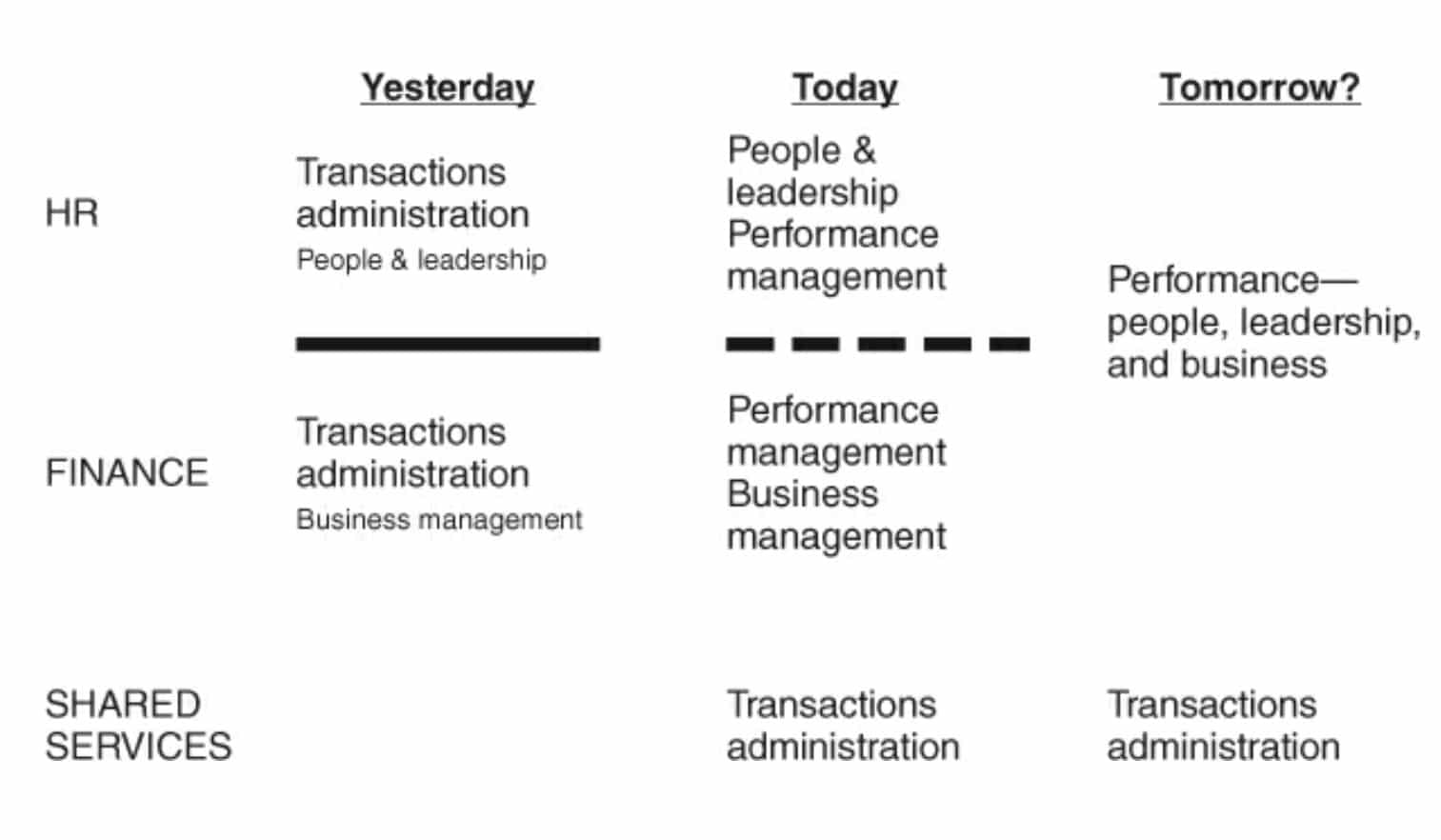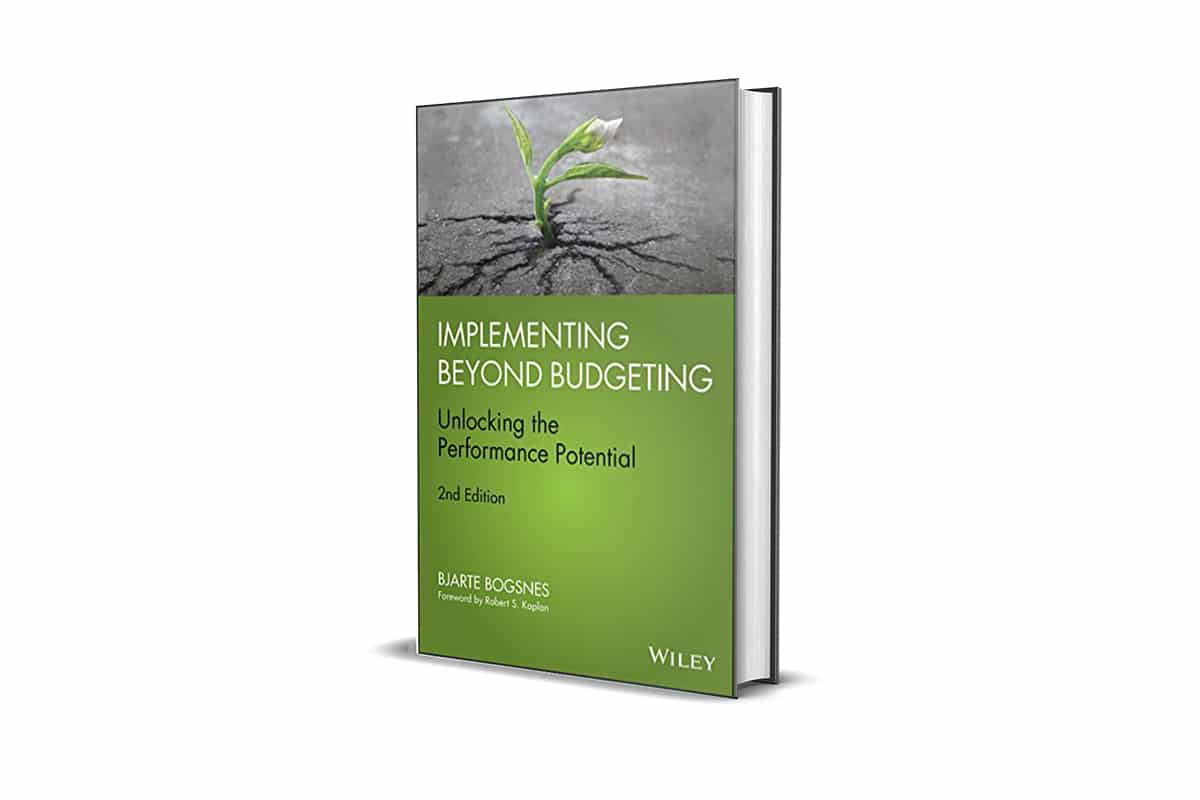Genre: Management
By
Hardcover | 304 pp. | John Wiley | 12/07/2016 | 2nd Edition
Buy on Amazon
Implementing Beyond Budgeting is a book about the need for transformation in companies, and the journey this can take. Despite the immediate reference to the Beyond Budgeting initiative, this book core content draws in the lessons learned by the author, Bjarte Bogsnes, in two substantial transformation efforts first at Borealis and then at Statoil.
Both organisations shared the crucial initial question: why do we need a budgeting process. This lead to a process of change that initially did not yet have a framework of reference. It came only after and is today called Beyond Budgeting.
The issues with Budgeting
I can’t think of a single process that draws such a share of common eye rolls as the Budget Process. In every company I’ve visited, the perception of the Budgeting Process as a whole normally lies in between “A Total Waste of Time” and “A Necessary Evil”. The latter is often the answer given by the people working on the process itself.
Bogsnes lists nine issues he sees in the Budgeting Process itself. However, it becomes clear from the beginning that these issues are broader than the budget itself: they affect the entire traditional way of managing organisations. He spends a great deal of detail in giving examples on each of the above issues, here’s the summary of the key points.
- Trust and transparency the entire traditional management is based on command and control. Yet it is demonstrated that full transparency is a better way to achieve results.
- Cost management Budgeting was born as a tool to manage costs. Yet we all know what happens at the end of the year: frantic spending because there’s budget left. The idea of budgets as a ceiling for cost controls rapidly evolves into a cost floor.
- Control A lot has already been written about the illusion of control. The more we are in a VUCA world, the more the entire idea of an 18 months long process rooted in the past, gives space to the immediate attention of the problem we have.
- Target setting What is that we want our organisations to achieve? Targets? Or do we, in reality, wish that they achieve the best possible Performance under the current circumstances? Also, with Targets and KPIs, there’s much illusion in the ways they work.
- Performance evaluation, the biggest mistake is thinking that Performance cannot be measured without Targets. Then there is the issue of traditional Performance Management processes that tend to mix three specific needs, which often have conflicting aims: Feedback and Development, Reward and Legal Documentation. No wonder these systems tend not to work.
- Bonus With so much literature now confirming that individual incentives don’t improve Performance, why do we still focus so much on individual bonuses?
- Rhythm We have taken a legal and tax constraint (the annual cycle), and have adapted the entire organisation around this. But why? Often in the same companies, there are a lot of different rhythms that should instead be looked at.
- Quality this is where the budgeting process has some of its biggest challenges. We ask this process to answer three objectives: Deliver Good targets, Develop Reliable forecasts and Allow effective resource allocation. But this is implicitly not possible, as these are somewhat opposing needs. Forecasts are not Targets for once.
- Efficiency the issue that most people see first (the amount of time to redact a budget) is put last in the book, not because it is not relevant, but because it is less relevant than the others. Yet many see this one first.
A target is an aspiration, what we want to happen. A forecast is an expectation, what we think will happen.
Bjarte Bogsnes, Implementing Beyond Budgeting, Pages 139
Beyond Budgeting
The author delivers an exciting framework for where the Beyond Budgeting theory sits. At the crossing between the leadership of “Theory Y”, and a Process that is set to be dynamic.
The purpose of Beyond Budgeting can be distilled and simplified even further into defining performance in the right way—broader, fairer, and bolder—and creating the conditions needed for people to perform in this way.
Bjarte Bogsnes, Implementing Beyond Budgeting, Page 63
Beyond Budgeting has been defined today by the work of the Beyond Budgeting Roundtable, and has developed a list of six Management Principles supported by a six Leadership Principles. Coherence is critical here: consistency between what is said on leadership and what is done in management processes.
The 12 principles do not represent a ready to use receipt, but rather a philosophy. Which is also recognised as one of the most significant limits of this approach: it needs to be developed “internally” in the organisation, and adapted to its needs. Impossible to just find a one size fits all solution.

The book delves then in 5 case studies, of which two have been managed directly by Bogsnes. Both cases have been focused, with some slightly different results, on how to resolve the three needs that budgets try to cope with: provide Targets, provide Forecast and allow for Resource Allocation.
It’s interesting to note the vast extent of detail that Bogsnes reaches in describing both the Borealis and Statoil case, not just in what has worked, but also in the complexity to achieve results, and the lessons learned.
On the relationship between Finance and HR
One of the most exciting take always of this book is the idea of the necessity to establish new connections between Finance and HR.
When HR preaches leadership while Finance pushes management, and the two point in completely different directions, the contradicting messages undermine each other and confuse the organization.
Bjarte Bogsnes, Implementing Beyond Budgeting, page 205
The hard finance processes almost always win over the more fragile but well-intended HR messages when the two collide.
One of the points the author makes is about the willingness for HR to be seen as a partner. However, the focus is maybe not wise. HR should be careful in believing this is what will secure them a place, given the warnings about the limitations of measurement.
He also suggests the establishment of a new partnership: Could we foresee a new function, with people from both camps responsible for the entire performance process.

When measurement is used for learning more than control, the risk of suboptimal behaviors is much smaller.
Bjarte Bogsnes, Implementing Beyond Budgeting, Page 214
Implementing Beyond Budgeting: the Change Process
The last chapter of the book is a summary of the ideal Change Process, with interesting references to the world of Agile and Lean, seen as similar efforts to focus more on Performance.
The author suggests a list of actions to work on beyond the implementation of a Beyond Budgeting initiative.
- Create the case for change. Bogsnes focuses a lot on ensuring the business case is not only focused on efficiency and cost but calls for the building of a case that is transformative for the entire organisation, also from a leadership perspective.
- Handle resistance. You can get leadership on board, but this type of project puts in discussion the traditional ways on which managers handle control. It’s essential to handle resistance from all points in the organisation where this can happen.
- Design to 80 per cent and jump. Think in Agile terms, and put forward an approach that is not perfect from the beginning, and that can evolve as you go.
- Keep the cost focus. One of the biggest problems with Beyond Budgeting is that many people think it’s soft on costs. This is not the case, and that’s why it is so vital to have a Cost Mindset across any implementation process.
- Don’t start with rolling forecasting only. Substituting a one-size-fits-all approach with another is not the solution. As a company you need to check your performance conundrum first, then decide how to measure and forecast.
- Involve HR and Agile IT. This is a process of leadership change, and all the support is needed.
- You can’t get rid of command and control through command and control. Imposing change won’t work here. You need to get buy-in and adoption.
- Do not become a fundamentalist. This is about finding the approach that works best for your organisation.
- Balanced Scorecard pitfalls. The author dedicates much time on the concept of KPIs and the Balanced Scorecard and the problem that lies when translating this into “absolute truths”.
- Revolution or Evolution.
Conclusion
I found this book to deliver excellent insights truly, and somehow add to the list of the many “Rebellious” readings I’m getting my hands on. If the expectation is that to see the magic recipe, you might be disappointed. It provides you with a great framework to pose you’re self all of the right questions. But it rarely gives a definite answer.
I don’t see this as a defect, but rather as an advantage. So it is the “black and white” openness of the author, who seeks such a renewed focus on the human aspect of the organisation.
And you? Have you read this book?

Genre: Management | Rating: 5/5
Hardcover | 304 pp. | John Wiley | 12/07/2016 | 2nd Edition
ISBN: 9781119152477
Buy on Amazon

[…] Book Review: Implementing Beyond Budgeting by Bjarte Bogsnes […]
[…] seen how the principles can get implemented with different models in reality in the book by Bjarte Bogsnes Implementing Beyond […]
[…] should be accountable in an organisation for its Design. Here I call in the concept that Bjorne Bogsnes did in his book on Beyond Budgeting, when he mentions a role for HR, Finance and Agile IT to drive the Operating Model and Organisation […]
[…] is fully spent. Respecting the process is the main objective! (Something we have seen in Beyond Budgeting). As soon as money is offered, a way must be found to spend it. Which is where a new […]
[…] Read the full reviewBuy on Amazon […]